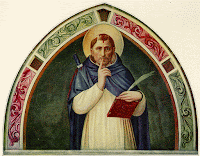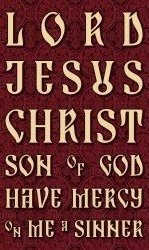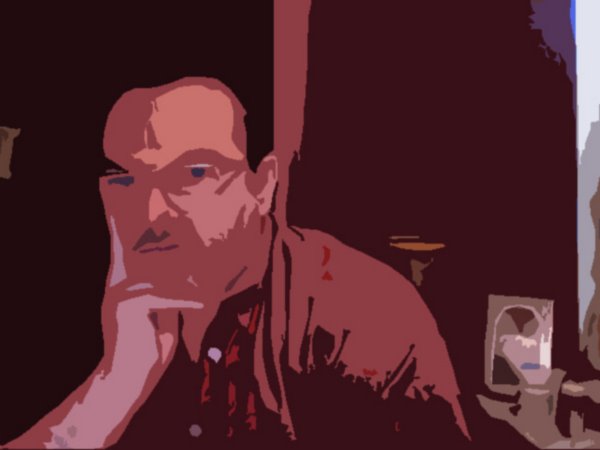http://www.oratoriosanfilippo.org/21-06-2010.html
Si comunica inoltre che la Congregazione per il Culto Divino e la Disciplina dei Sacramenti, con Rescritto del 15 giugno ha approvato i testi propri della memoria del Beato John Henry Newman in lingua latina e in inglese. Li riportiamo, nell’attesa di presentare al medesimo Dicastero i testi in italiano e in altre lingue.
* * *
 BEATI IOANNIS HENRICI NEWMAN, PRESBYTERI
BEATI IOANNIS HENRICI NEWMAN, PRESBYTERI
De Communi pastorum: pro presbyteris.
COLLECTA
Deus, qui beátum Ioánnem Henrícum, presbýterum,
lumen benígnum tuum sequéntem
pacem in Ecclésia tua inveníre contulísti,
concéde propítius,
ut, eius intercessióne et exémplo,
ex umbris et imagínibus
in plenitúdinem veritátis tuae perducámur.
Per Dominum.
BLESSED JOHN HENRY NEWMAN, PRIEST
From the Common of Pastors: For One Pastor
COLLECT
O God, who bestowed on the Priest Blessed John Henry Newman
the grace to follow your kindly light and find peace in your Church;
graciously grant that, through his intercession and example,
we may be led out of shadows and images
into the fulness of your truth.
Through our Lord Jesus Christ, your Son,
who lives and reigns with you in the unity of the Holy Spirit,
one God, for ever and ever.
Be sure to read the rest of the texts: http://www.oratoriosanfilippo.org/21-06-2010.html















